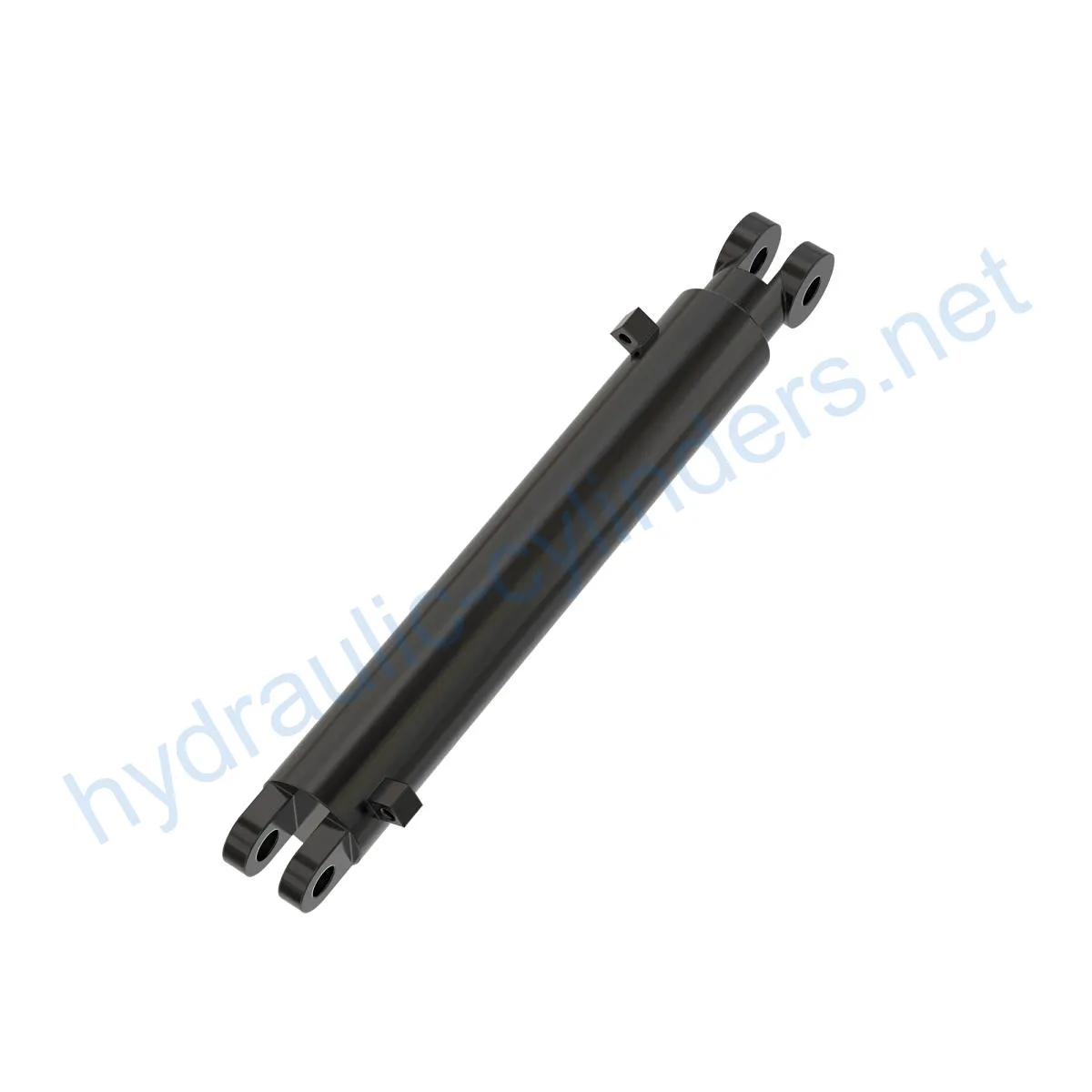Replacement Of AHC17651 Hydraulic Cylinder
As one of the hydraulic cylinders manufacturers, suppliers, and exporters of mechanical products, We offer hydraulic cylinders and many other products.
Please get in touch with us for details.
Mail:sales@hydraulic-cylinders.net
Manufacturer supplier exporter of hydraulic cylinders.
Replacement Of AHC17651 Hydraulic Cylinder
Product Introduction
This Replacement Of AHC17651 Hydraulic Cylinder is a hydraulic component designed to provide efficient operation for various applications. It plays a vital role in ensuring the performance and functionality of equipment.
Specifications
- Weight: 30.544 lb
- Height: 5.4 in
- Width: 6.1 in
- Length: 27.5 in
Model
Model: 4730
Features
- Improved Equipment Performance: Replacing damaged or worn hydraulic cylinders can restore the normal operational capability of equipment, ensuring optimal performance in various applications.
- Enhanced Safety: Regularly replacing hydraulic cylinders reduces safety hazards associated with cylinder failures, ensuring the safety of both operators and equipment.
- Overload Protection: New cylinder designs often incorporate better overload protection mechanisms, improving overall safety.
- Quick Installation: Modern hydraulic cylinders are designed for easy installation and replacement, minimizing downtime.
- Standardized Components: Many hydraulic cylinders are standardized products, making it convenient to obtain replacement parts in the market.
Applications
- Excavators: Hydraulic cylinders on excavator arms or buckets may become damaged or worn due to extensive use or overload, requiring replacement to restore normal operation.
- Cranes: Hydraulic cylinders on crane lifting arms are prone to wear during frequent lifting and lowering processes, necessitating regular replacements to ensure safety.
- Tractors: Front-end loader hydraulic cylinders on tractors may experience leaks or performance degradation during continuous lifting and tilting operations, requiring replacement.
- Harvesters: In the harvesting process, hydraulic systems endure high pressures, and cylinders may suffer fatigue damage, requiring timely replacements to maintain operational efficiency.
- Automated Production Lines: Hydraulic cylinders are used to control robotic arms and other automated equipment. Cylinder failures can significantly impact production efficiency and should be promptly replaced.
- Die-Casting Machines: Hydraulic cylinders in high-pressure and high-temperature environments may experience performance degradation. Regular replacements ensure product quality.
- Mining Equipment: Hydraulic cylinders are utilized for lifting and moving heavy loads in mining equipment. Due to harsh operating conditions, regular inspections and replacements are necessary to avoid equipment failures.
- Bulldozers: Hydraulic cylinder wear on bulldozer blades can lead to a decrease in pushing ability, requiring timely replacements to maintain operational efficiency.
Maintenance Tasks
- Regular Inspection: Conduct routine inspections to identify any potential issues or signs of wear.
- Proper Lubrication: Ensure appropriate lubrication to promote smooth cylinder operation and extend its lifespan.
- Seal Replacement and Calibration Checks: Regularly replace seals and perform calibration checks to maintain optimal cylinder performance.
Safety Considerations and Environmental Factors
When working with hydraulic cylinders, it is crucial to prioritize safety measures to prevent accidents or injuries. Additionally, considering environmental factors when utilizing hydraulic cylinders helps minimize potential hazards and promote eco-friendly practices.
Troubleshooting and Common Issues
Fault diagnosis and addressing common problems related to hydraulic cylinders:
- Problem: Cylinder leakage
- Problem: Cylinder drift or slow operation
- Problem: Excessive noise or vibrations
Solution: Inspect and replace faulty seals or damaged components. Ensure proper installation and alignment.
Solution: Check for low hydraulic fluid levels, system contamination, or worn-out components. Adjust or replace as needed.
Solution: Investigate potential misalignment, loose connections, or worn-out components. Tighten connections and replace worn parts.
Preventive Measures
To minimize potential issues and ensure optimal performance:
- Regularly inspect and maintain hydraulic cylinders.
- Follow recommended lubrication schedules and use suitable lubricants.
- Replace seals and other components as per manufacturer guidelines.

Design Considerations and Selection Criteria
When selecting and designing hydraulic cylinders, it is important to consider various factors:
- Load-bearing capacity: Ensure the cylinder can handle the required loads effectively.
- Sealing: Utilize appropriate sealing components, such as piston seals and rod seals made from wear-resistant materials.
- Durability: Opt for cylinders with durable construction and surface treatment for enhanced wear resistance.
- Safety: Choose cylinders with safety features and reliable overload protection mechanisms.
- Maintainability: Prioritize cylinders that can be easily maintained, with accessible repair and replacement procedures.
Sealing and Lubrication
Ensure proper sealing and lubrication for optimal cylinder performance:
- Utilize various sealing components, such as piston seals and rod seals made from wear-resistant materials.
- Ensure cylinder bodies and threaded ends undergo meticulous processing to enhance wear resistance.
- Regularly lubricate the cylinder with appropriate hydraulic fluid to ensure smooth operation.
Regular Inspection and Preventive Maintenance
- Emphasize the importance of correct installation, lubrication, and adjustment.
- Provide guidance for proper alignment during installation and recommend using suitable mounting brackets to secure the cylinder.
- Recommend inspection, repair, and replacement procedures to maintain optimal cylinder performance.
- Offer replacement parts and rebuilding services to maximize the lifespan of the hydraulic cylinder.
- Share tips and techniques for improving the longevity of the hydraulic cylinder through skilled usage.
Safety Considerations and Environmental Factors
When using hydraulic cylinders, it is essential to prioritize safety measures and consider environmental impact:
- Implement appropriate safety precautions when working with hydraulic cylinders.
- Ensure compliance with safety regulations and guidelines.
- Promote environmentally friendly practices, such as proper disposal of hydraulic fluids and components.
Troubleshooting and Common
Take a Tour of Our VR Factory:
Take a tour of our VR factory with the following
Hydraulic Cylinder Application:


